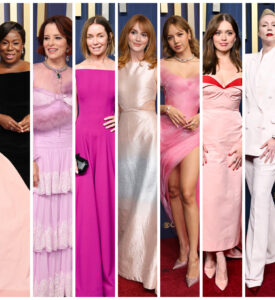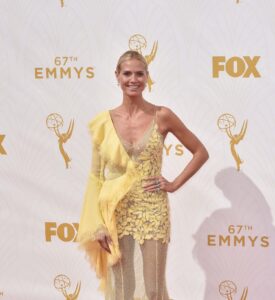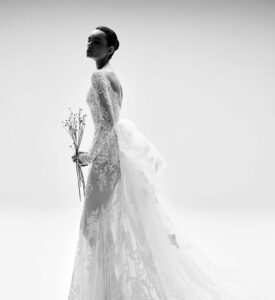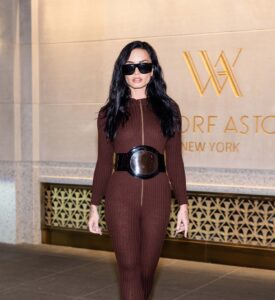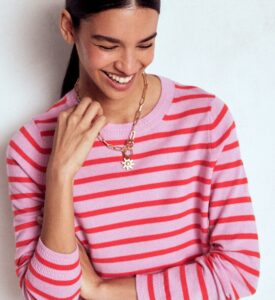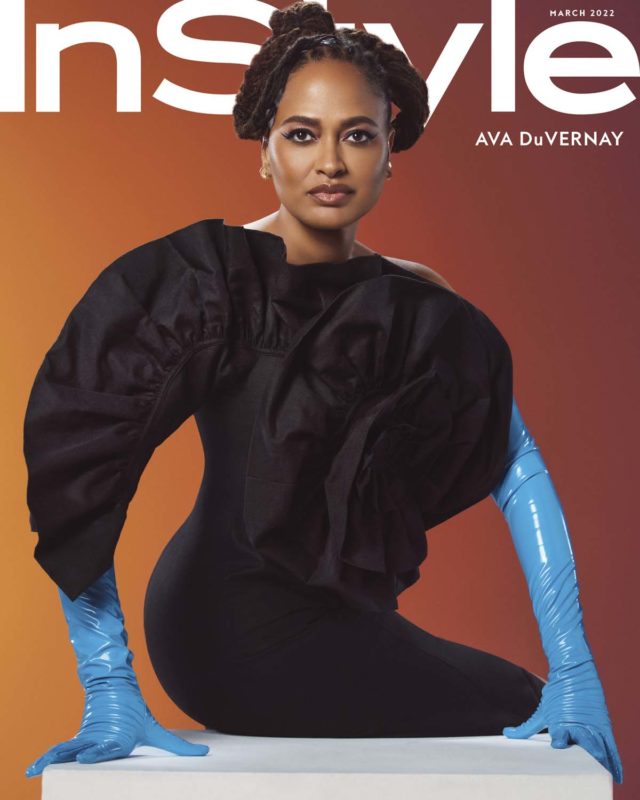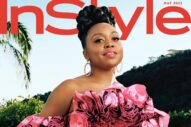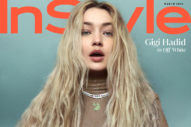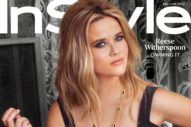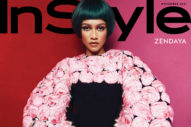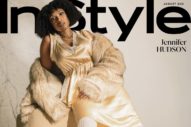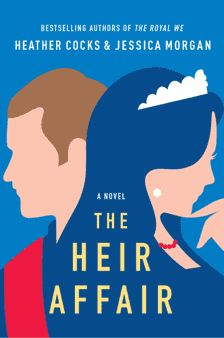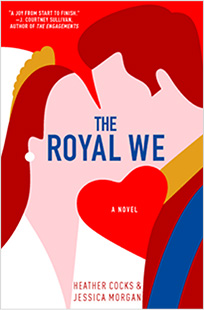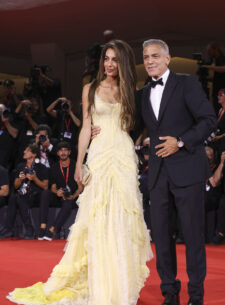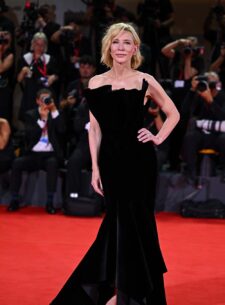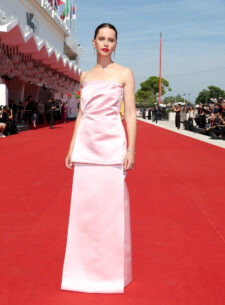The press release called this the “sub cover” and I was confused about whether they’d invented a new genre of alternative cover, until I realized it was just shorthand for “subscriber.” Gigi Hadid got the newsstand version. I would’ve loved to flip those around; Ava DuVernay is a more interesting choice, and they obviously Went There with the photo shoot. Click on the piece and scroll through the other pictures from the shoot, all of which are gorgeous. The bottom one, where she’s in yellow and has her eyes closed and face tilted to the light, is stunning. This one is the most editorial of the bunch, I think, because of the pose. The way her arms and the ruffles on the dress create a kind of arch… it’s unsettling, clearly intentionally, like she’s about to pounce toward the camera. I had to look twice to realize her torso was twisted, and that it wasn’t a bizarre airbrushing catastrophe. I might go so far as to say it’s my least favorite of the options we’ve seen? Still, the number of strong photos outpace, for me, the ones they had for Gigi, and Ava has a lot to say and isn’t someone we hear about nearly as often. I say “about” and not “from” because Gigi Hadid keeps to herself a fair bit, but she’s got the dramatic personal life that keeps the Internet abuzz and I guess that’s also a consideration. It’s too bad, though.
Ava’s interview is as thoughtful as you would expect. I condensed this snippet from two answers, as marked, but it’s worth reading the whole thing:
LB: How did your perceptions of beauty evolve as you got older?
AD: It was my journey with my hair, as I started to become more conscious about my history and my culture. I was putting chemicals in my hair so it would look like your hair. I had to decolonize myself and say, “Is the hair growing out of my head in that texture?” And, “What does it look like if it just grows out?” […] In one generation I’ve seen the change. The natural and synthetic styles are embraced. Everything is on the table. The generation before me was like, “It is preferred that you wear your hair in this way.” Historically, there were moments when Black women who worked as domestics in white homes were not allowed to work if their hair was not pressed or permed. Their natural hair was seen as offensive. That starts to embed itself in the DNA of people — that straight, Caucasian-looking hair is better and preferred. Now it’s every braid or Afro puff or texture, controlled or out of control. And I think it’s exceptional. I don’t think we talk enough about the shift that’s happened just in one lifetime.
